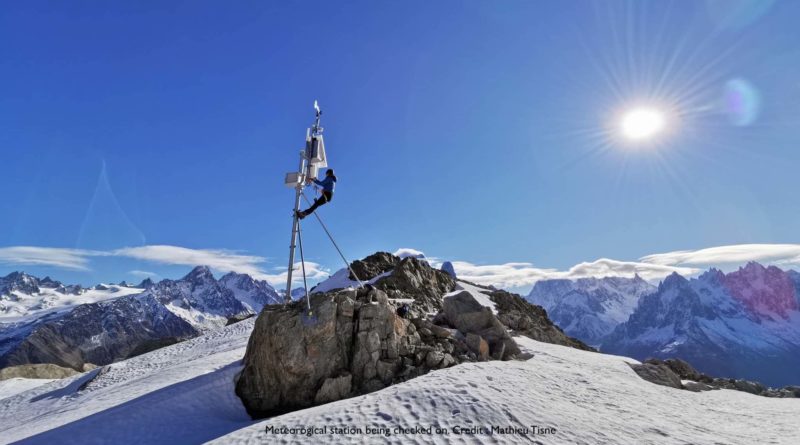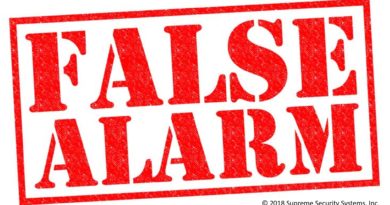Mathieu Tisne’s interview : Portrait of a risk manager
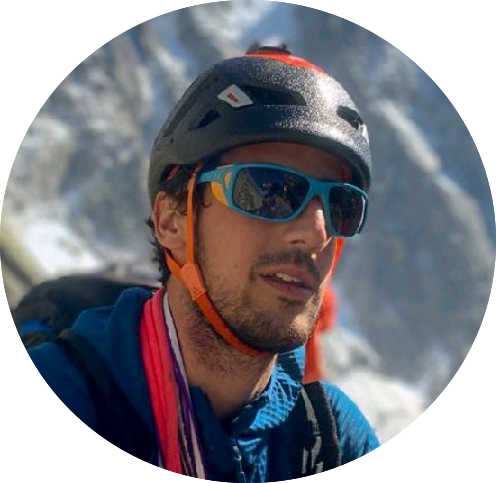
By Mattias Coullie and Natacha Dupertuis
Hello Mathieu, you are a manager of natural hazards and a cartographer in the municipalities of the Chamonix Mont Blanc Valley. Which steps did you follow to work in risks ?
I started studying Biology and Ecology because I feel close to my mountain environment. Thereupon I did a Master in Equipment, Protection and Mountain Managing at the University of Savoie Mont Blanc, orientating it, like my internships, towards natural hazards and their management.
What was your motivation when you decided to manage risks?
The natural elements and in particular the avalanches have always fascinated me. During the year 2013, my village in the Pyrenees was ravaged by strong avalanches and inundations. These important events marked my decision to work in risk management and the protection of populations.
With which actors do you collaborate frequently?
I am lucky to work with many actors. Among them, we count of course the elected representatives and the different services of the community of communes, but as well all the actors of the mountain environment in our territory. This last section includes the services of Météo – France, La Compagnie du Mont Blanc, the PGHM and SDIS rescue services, La Chamoniarde, SNCF and many others.
How is your working time distributed?
It strongly depends on the period and the weather. A large part of my work is done in the office and involves the administration of different files and future projects, plus the snow and weather conditions monitoring. On my work, there is also a significant field part including the maintenance of our meteorological stations, the follow-up of construction sites and the observation and analysis of the conditions. In addition, some weeks are on-call duty and I must stay on alert in case of an event.
What are the risks you face in the Chamonix Valley?
The Chamonix Valley is exposed to a very large number of risks. There is obviously the risk of avalanches (more than 40% of buildings in risk areas) and the risk of flooding, but we are also in a zone of earthquakes, landslides and windstorms. With the climate change, new risks have emerged such as pockets of glacial water or slope destabilization due to the permafrost degradation. Finally, we can work on the technological risks linked to dams, hydroelectric catchments and the Mont Blanc tunnel.
Do you often consider yourself exposed to dangers during your work?
No, that has never happened to me. My job is to manage the risk and enable the prevention of any accidents, including for me.
Is there a period in the year during which you are more requested?
There is indeed the winter period and its preparation in which I am naturally more in demand. Otherwise, the workload is equal during the year with the succession of various problematics.
Have you ever been to work abroad? What did you learn throughout your time there?
Yes, I worked 8 months in Alaska on risk mitigation for avalanches and risks related to glaciers. I learnt a lot about processes which had already been well studied in Alaska and remained less understood in Europe. I also acquired skills for crisis management, following formations and receiving diplomas validated by the FEMA (Federal Emergency Management Agency). I also was able to acquire a different view on risks in France, which enabled me to have a more open-minded view.
Is it difficult to communicate about risks? What methods are available to inform the local population living in the Chamoney-Mont-Blanc valley?
It is always difficult to communicate about risks. We must not make the population scared and also not make these events look like they do not have any impact. The appearance of social network with non-regulated information may cause big complications in the communication of true information. In our community we have a DICRIM (Communal Major Risk Information Document) in English and French to inform the local population about major risks and the behavior in the case of such events. We are lucky to have an automated alert system which informs at-risk people, either by telephone or SMS, very quickly and with precision. We may send messages to selected areas, and even vary the content of the message with respect to these different areas. We are also very active on social networks with an official communication service for the community. This is very important because it’s the only way to stop the spreading of fake news.
Do you have any observations concerning the variation of the frequency and areas where natural hazards occur due to global warming?
Difficult to say as I only have limited experience working here. When I study the archives of the valley, there is clearly a change in the behavior of hazards concerning every type of natural risk. We transited from a majority of big powder avalanches in the 90’s to wet avalanches and unpredictable even in the midst of Winter. The behavior of rivers and overflowing have changed and glacier movement is becoming faster. Today, we notice frequent 0°C isotherms above 3’000 meters in Summer, provoking important melting, with flowrates downstream being affected by this. In the 80’s and 90’s, days with a 0°C isotherm above 3’000 meters were rare. We also notice more and more massive collapses in high-mountain areas, linked to permafrost degradation.
Can you tell us which field work memory had the biggest impact on you?
The most striking memories are without the shadow of a doubt linked to work in the field and events. I haven’t seen any major events unfold since my arrival in Chamonix. The single event which stood out the most to me was the flood which devastated my village in the Pyrenees in 2013. To see whole neighborhoods, roads, building completely destroyed in a matter of hours by a river which I knew since I was a child, and could never have imagined it having this impact on his village. This affected me and made me realize the power of such events and the humility that must be adopted whilst facing them.
We would like to give a big thanks to Mathieu for his time taking part in the interview and for sending us some pictures and a video that give a nice insight on his job. Enjoy!
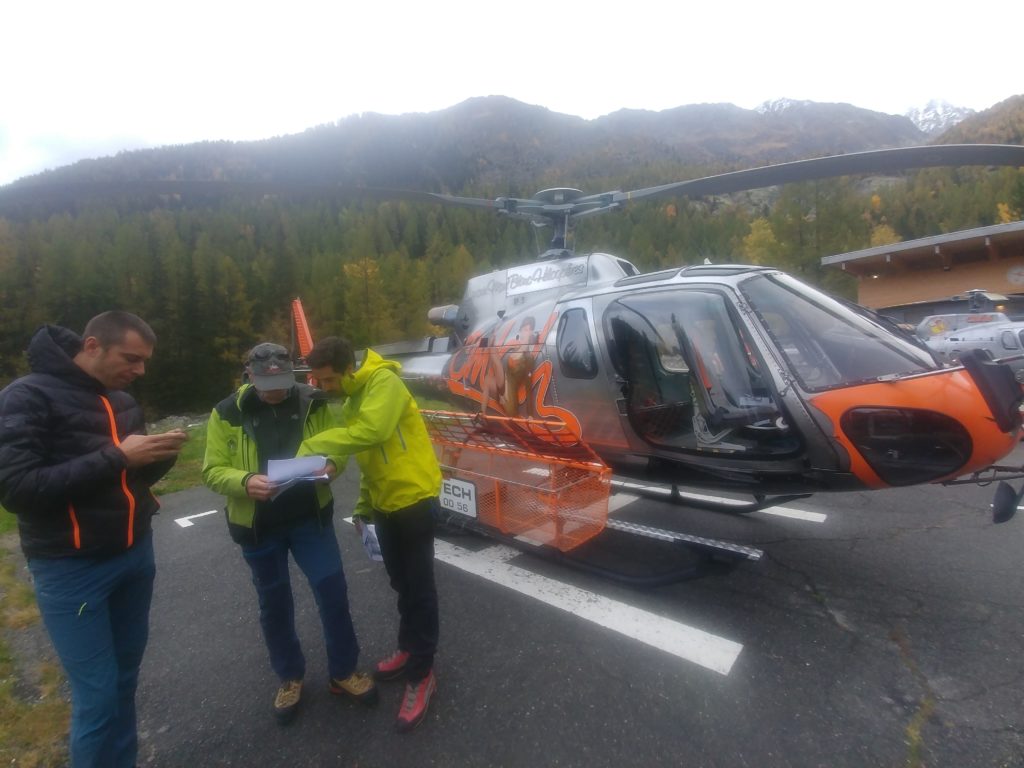
(credit: Mathieu Tisne)
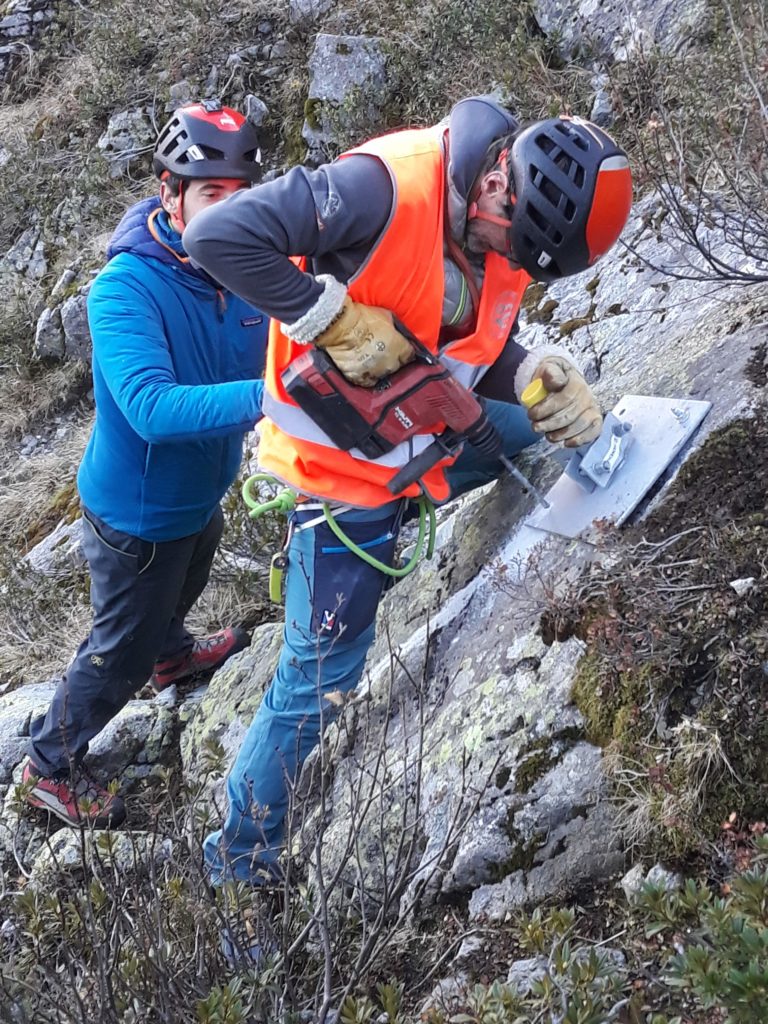
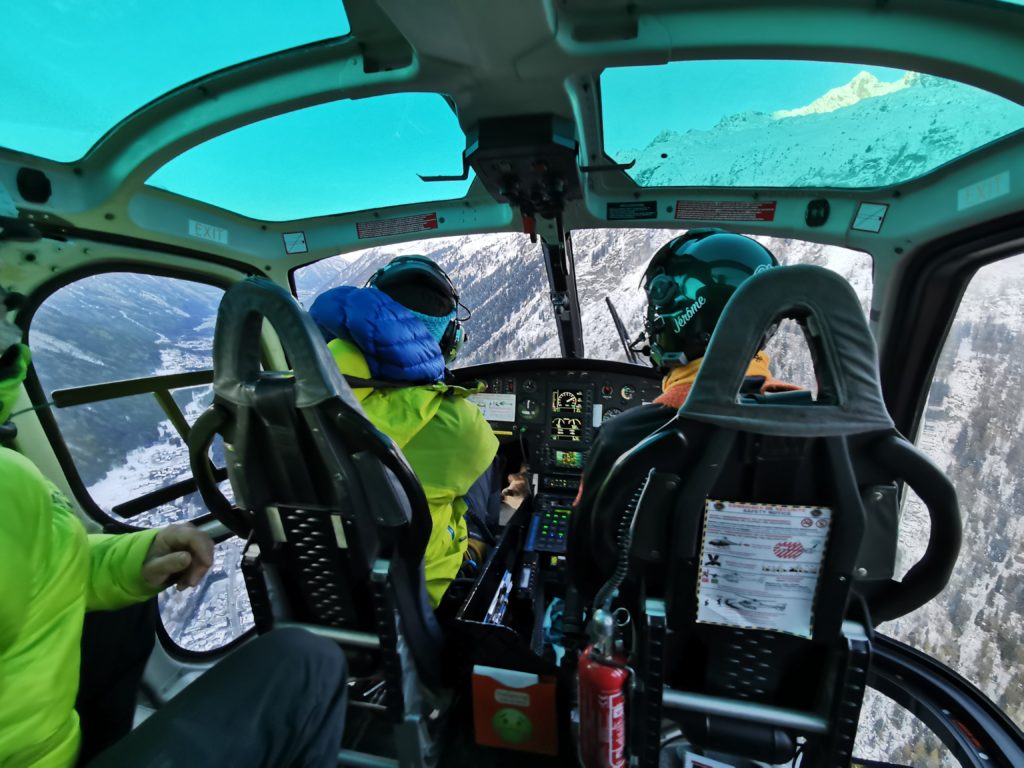
(credit : Mathieu Tisne)
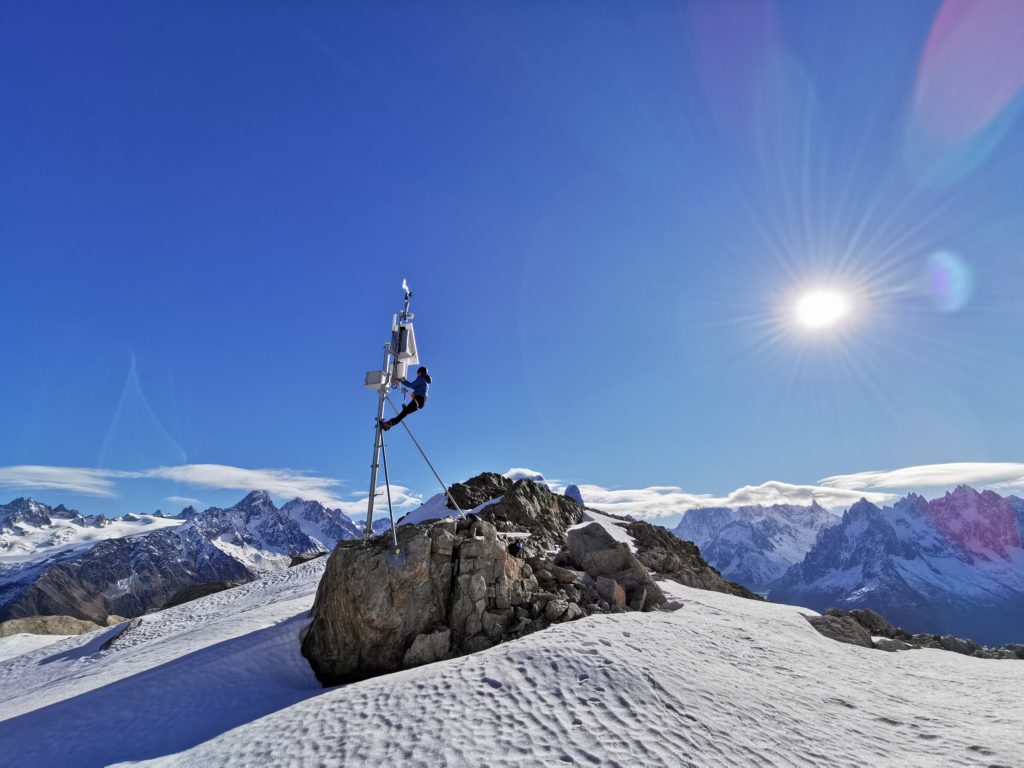
( credit : Mathieu Tisne)
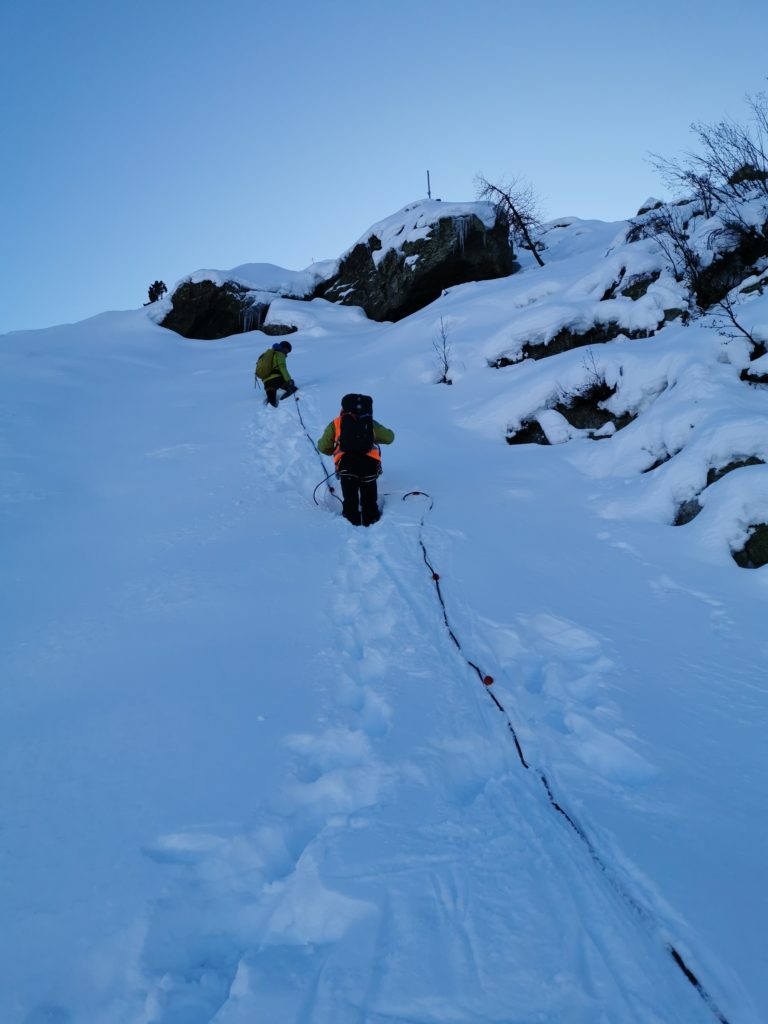
(credit: Mathieu Tisne)
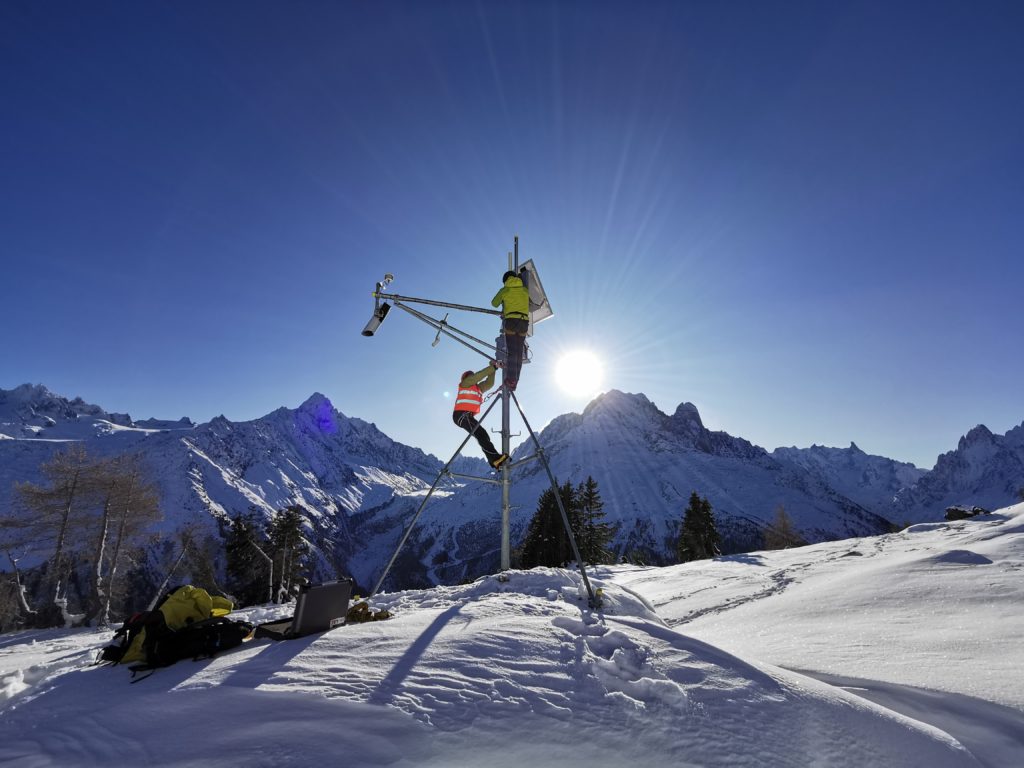
(credit: Mathieu Tisne)

